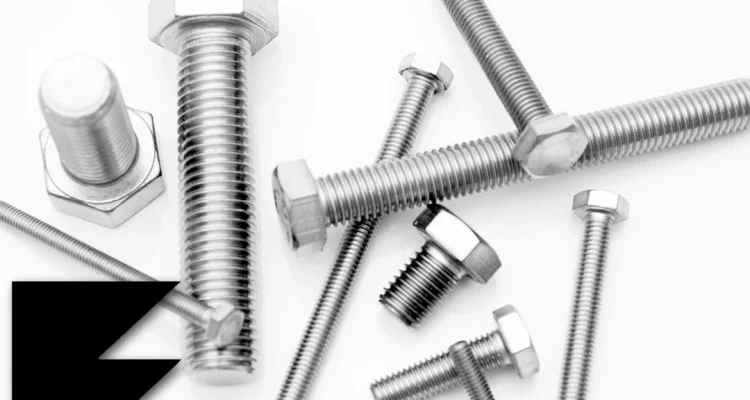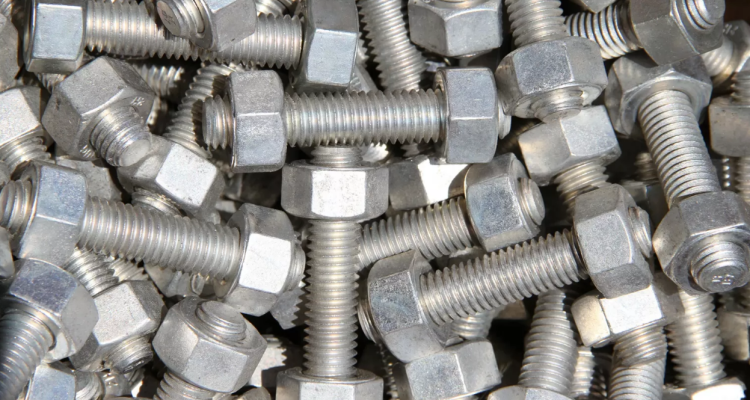
What is a self clinching stud used for?
Self-locking studs are widely used in automotive, electronic equipment, and other fields, increasing connection efficiency,increasing connection efficiency by 40%, reducing failure rates, and being installed on plates with a thickness of at least 1.5 times the diameter of the stud.
Main Uses
Mainly used in multiple fields such as automotive, electronic equipment, and industrial manufacturing. In the automotive industry, self-locking studs are widely used for connecting car body sheet metal parts.
In electronic equipment manufacturing, the assembly efficiency of circuit boards using self-locking studs has increased by 30%. For example, Huawei uses a large number of self-locking studs in the internal circuit board connections of its smartphones, improving the durability and impact resistance of the devices.
Self-locking studs are widely used in the industrial manufacturing field, commonly found in machine tools, construction equipment, and aerospace components. For example, after aerospace companies used self-locking studs, the component replacement time was reduced from the original two hours to thirty minutes.
An engineer from a well-known hardware manufacturer said: “The invention of self-locking studs can extend the average service life of equipment by 20%.”

Installation Techniques
According to industry standards, the plate thickness should be at least 1.5 times the diameter of the stud. For example, when using M5 self-locking studs, the plate thickness should be at least 7.5 mm.
During installation, it is recommended to use a hydraulic press or pneumatic press, as the success rate of installing self-locking studs with a hydraulic press reaches 99%, much higher than the 80% success rate of manual installation.
When installing, the pre-drilled hole diameter should be 0.05 to 0.1 mm larger than the stud diameter. For example, when installing a self-locking stud with a diameter of 6 mm, the pre-drilled hole diameter should be controlled between 6.05 and 6.1 mm.
To ensure installation accuracy, the use of an automatic alignment system can control the installation error within 0.01 mm. For example, Tesla introduced an automatic alignment system on its electric vehicle production line, significantly improving the installation accuracy and speed of self-locking studs.
During the installation process, excessive pressure or prolonged time may cause stud damage or plate deformation. According to research, the optimal pressing time is 2 to 3 seconds, and the applied pressure should be controlled between 500 to 800 Newtons.
“Correct installation methods can not only improve production efficiency but also extend the service life of equipment,” said an industry expert. Statistics show that correctly installing self-locking studs can reduce the rework rate to below 2%.
Types and Characteristics
Self-locking studs are mainly divided into several types, including standard, thin plate, and high-strength types.
Standard self-locking studs are suitable for plates with a thickness of 1 mm to 6 mm. Data shows that standard self-locking studs occupy 70% of the market share in automotive and electronic equipment manufacturing.
Thin plate self-locking studs are specifically designed for metal plates with a thickness of less than 1 mm. Reports from well-known electronic manufacturers indicate that after adopting thin plate self-locking studs, product assembly efficiency increased by 25%, and product thickness decreased by 15%.
High-strength self-locking studs are used in applications requiring high load and impact resistance. According to aerospace company data, the service life of high-strength self-locking studs is twice that of ordinary studs, capable of withstanding over 1000 Newtons of tension and 500 Newtons of shear force. “The emergence of high-strength self-locking studs has greatly enhanced the safety and reliability of aerospace equipment,” said an aerospace engineer.
The characteristics of self-locking studs include efficient installation, firm connection, and durability. According to industrial manufacturing companies, using self-locking studs can reduce assembly time by 30%. For example, on the production line of a power plant, the application of self-locking studs increased daily output by 15%, raising the annual output value by 2 million yuan.
Self-locking studs can maintain stable connections and are not easily loosened in vibrating and impact environments. Tests from well-known automobile manufacturers show that the bolt loosening rate of vehicles driving on bumpy roads dropped by 90% after using self-locking studs.



